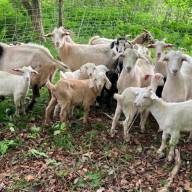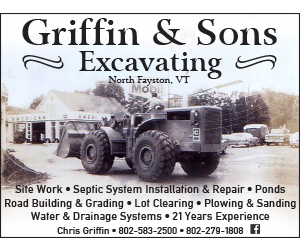To The Editor:
Thank you to Stan Walker for his inspiring article in the February 17 editions of The Valley Reporter which reminded me that we're part of a much larger garden than the ones we treasure in our backyards. I’ve prided myself as an organic gardener for many years. I can grow some great beets, carrots and kale, but what about planting for wildlife? When we plant native plants (versus the common, beloved non-native garden plants), we provide food and habitat for insects, birds and mammals.
Because our native plants have co-evolved with our native insects over millions of years, they have developed specialized, symbiotic relationships. For example, the caterpillars of our native moths and butterflies can only eat the foliage of native plants, while foreign (exotic) plants are toxic to them. The Monarch’s relationship with milkweed is the most famous example of such a specialized relationship. Monarch caterpillars can only eat the foliage of plants in the milkweed family. When we eliminate milkweed from the landscape, we lose our Monarchs. There are hundreds of other similar, specialized relationships between caterpillars and native host plants. Similarly, bees that are native to the Northeast (versus European honey bees) depend specifically upon Northeastern native plants for nectar and habitat.
Providing food and habitat for insects provides food for birds and other species all the way up the food chain. Most birds rely solely on caterpillars to feed their young. If we do not plant enough host plants into our developed landscapes for the caterpillars, then the birds will not have food for their young. Native shrubs produce berries in sync with the dietary needs and habits of migratory songbirds. Incorporating native plants into backyard plantings directly affects the entire ecosystem and food chain and provides critical connectivity in our fractured, developed landscapes.
Walker's mention of the temperate broadleaf forest that we are a part of reminds me that with enough education and informed decisions, we can make a positive impact on our fragile planet. I’m excited to plant some native plants this spring such as pussy willow, blueberries, wild strawberry, Joe Pye weed and milkweed. Let’s strive for less mowing, more caterpillars and more connectivity. We can make a difference, one garden at a time.
If you are interested in boosting biodiversity and providing habitat, I encourage you to read Doug Tallamy’s book titled “Nature’s Best Hope” and check out his Homegrown National Park initiative here: https://homegrownnationalpark.org.
Joleen Carleton, Waitsfield
Seana Cullinan, Portland, ME












